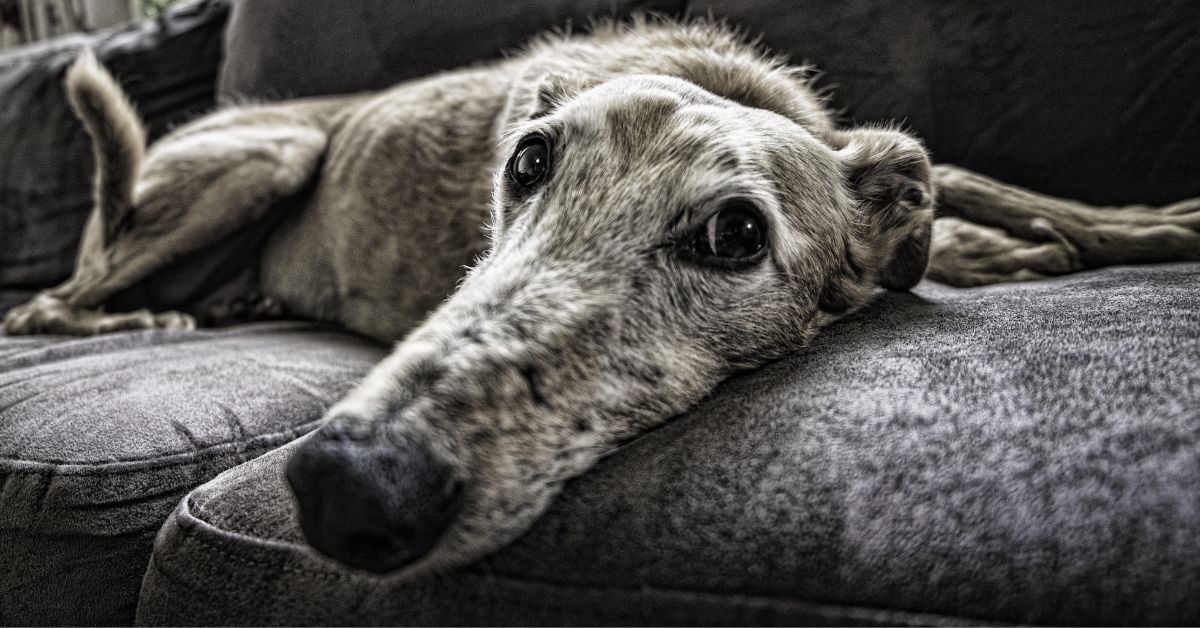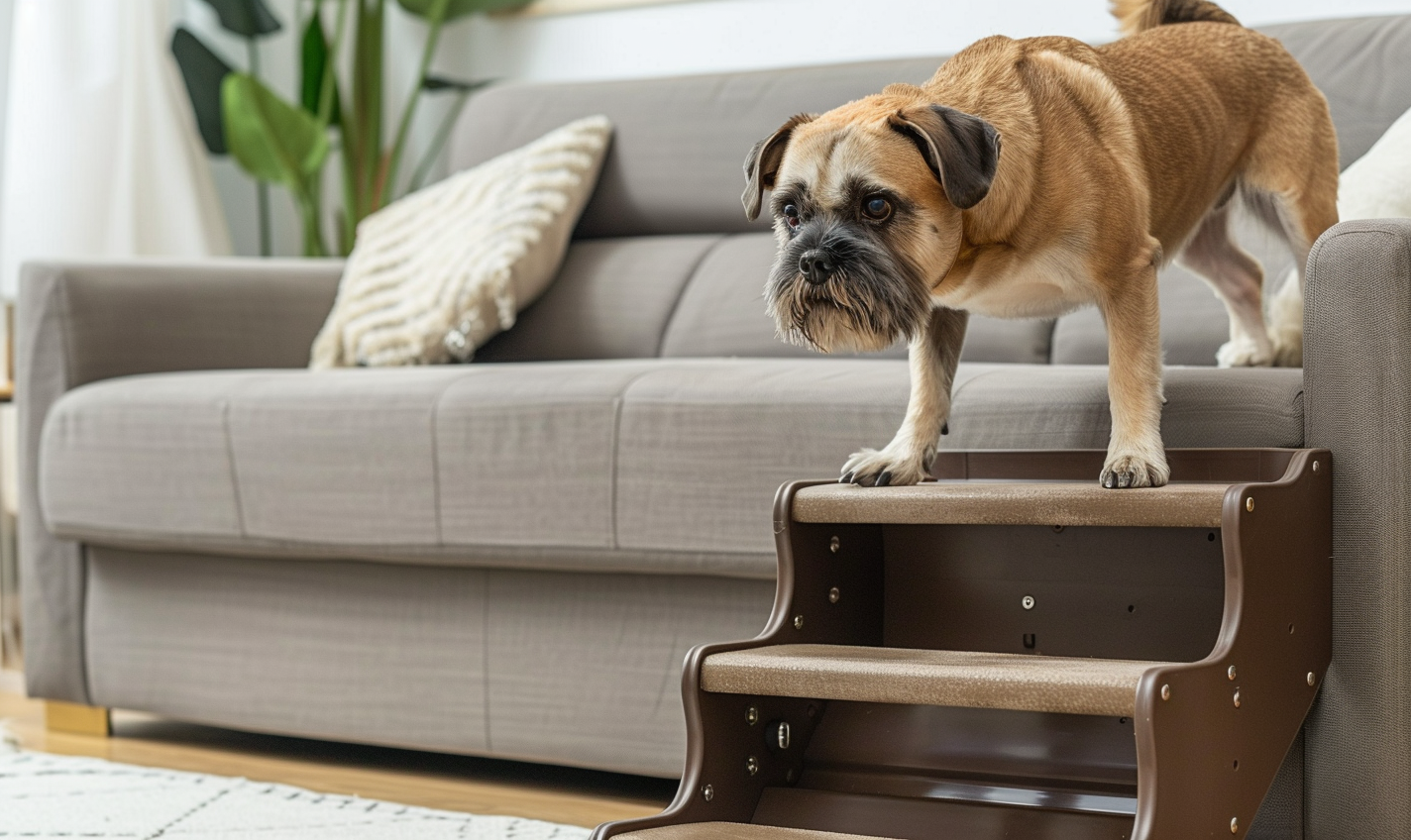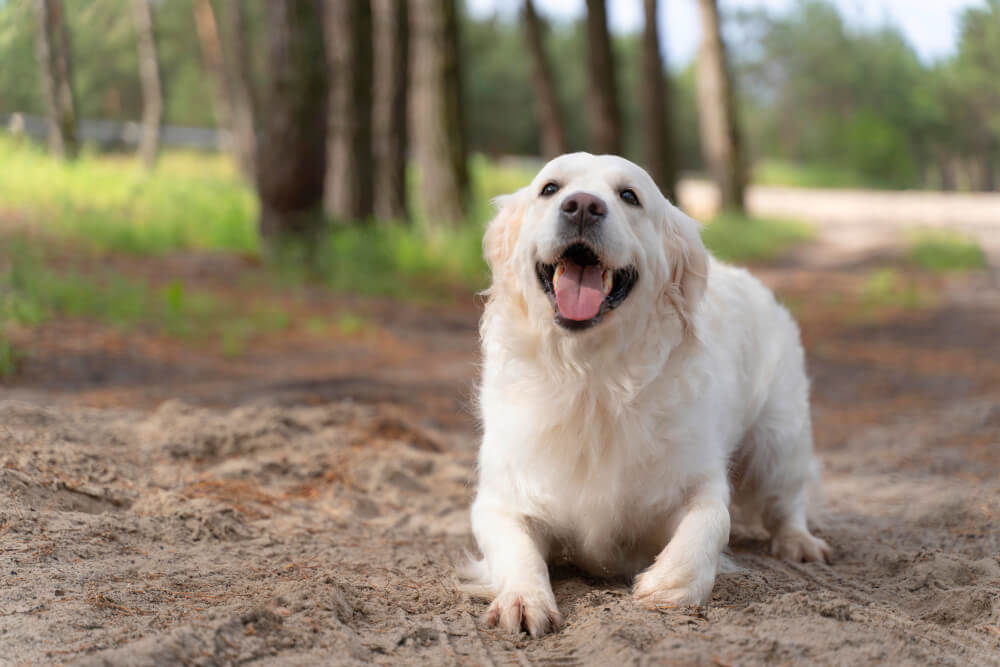As our furry friends get older, they need a lot of extra TLC. Senior pups in particular can suffer from a variety of health issues, including joint pain, obesity, dental problems, and more. Below, we’ll explore the different ways you can help keep your senior dog healthy so they can enjoy their golden years in comfort.
FAQ
Pet insurance is a health insurance policy specifically for your pet. It helps cover the cost of veterinary care, including accidents, illnesses, and preventive care, depending on the plan you choose.
Now is the best time to get pet insurance because veterinary costs are rising, and having coverage can provide financial peace of mind. Early enrollment often means better rates and coverage before any pre-existing conditions develop.
We’ll look at nutrition tips, exercise recommendations, and other things you can do to ensure your older pooch is living their best life. Let’s get started!
1. Regular Vet Visits
Keeping up with regular vet visits is the number one most important thing you can do to keep your older canine pal healthy. Regular checkups with the vet are essential for any dog, but they become ever more important as they age.
As Dr. Karen Becker, DVM puts it, “As pets age, they can be more prone to developing diseases and conditions, some of which can be very serious. Regular veterinary check-ups are important for early diagnosis and effective treatment.”
Your dog’s breed and size may determine what diseases and conditions they are more likely to face. However, these are some of the most common health issues in senior dogs:
- Fetch machines
- Blaster
- Sling
- Thrower
- Fetch machines
- Blaster
- Sling
- Thrower
- Dental Disease
- Arthritis & hip dysplasia
- Sensory Decline & Cognitive Dysfunction
- Heart Problems
- Cancer
- Loss of Vision/Blindness

Table of Contents
2. Nutrition
Just as with us humans, our dogs’ metabolism slows down with each passing year. So they often need fewer calories than when they were younger. While they may need fewer calories, senior pups typically require a diet rich in essential fatty acids, such as omega-3s and omega-6s, to help keep their skin and coat healthy. They may also benefit from increased levels of vitamins and minerals, such as Vitamin A, Vitamin E, and calcium, to help support their immune systems and maintain muscle mass.

Aside from the food itself, another aspect of nutrition to keep in mind is how often you feed your pup. Seniors often do better when they eat several smaller meals throughout the day, as they may have difficulty digesting large amounts of food at once. It’s important to consult with your veterinarian to determine the best nutrition plan for your senior dog.
“Working with your vet to make sure your senior dog is getting the proper nutrition can help keep them healthy and happy,” says Dr. Jessica Vogelsang, DVM.
Additionally, consider adding a CBD supplement to your dog’s diet, like Vet Naturals Hemp & Hips Plus CBD. It’s loaded with ingredients that may help improve your senior pup’s comfort and overall quality of life.
Quick disclaimer: if you decide to purchase a SpotOn virtual fence for your pup through my referral link, I’ll earn a small commission at no extra cost to you. Also, this is not a sponsored review. I never delete the negative comments and talk about negative things compare to many other reviews.
Due to ongoing supply issues with electronics, the SpotOn fence might not occasionally go out of stock. If you see it available and decide it’s right for you, I recommend grabbing it right away.
3. Exercise
Exercise is an important part of any dog’s life, but even more so for senior dogs. Regular exercise helps older pups maintain muscle strength, flexibility, and coordination. This in turn can significantly reduce the risk of injury and keep them feeling their best. Exercise also helps reduce stress and anxiety in dogs, which can be especially beneficial for pups who may have difficulty adjusting to their changing physical abilities.
There are a variety of exercises that can be beneficial for senior dogs. Low-impact activities such as walking, swimming, and agility courses can all provide a good foundation for physical fitness. For dogs with arthritis, low-impact exercises can help reduce joint pain and inflammation. Other activities such as playing fetch with a soft toy, or doing short bursts of running can also help keep seniors active and healthy. It is important to remember that the intensity and duration of exercise should be tailored to the individual dog’s needs and abilities.

4. Regular Grooming
As Dr. Jean Hofve, DVM explains, “Regular grooming is essential for keeping your senior dog healthy. It not only helps to keep their coat and skin healthy, but it can also help to detect any signs of illness or skin conditions.” It’s important to keep their coats free of mats, debris, and knots; their nails trimmed; and their teeth clean. Not only does this keep them looking good, but it also helps reduce the chance of skin infections, irritation, and pain.

Making grooming easier on senior dogs is important. Start by getting them used to the process while they are still young. Gently brush their coat, trim their nails, and brush their teeth with canine toothpaste. Also, be sure to use the proper grooming tools for their breed and coat type, as well as a brush or comb that won’t pull or snag their fur. If your senior dog is uncomfortable with being groomed, talk to your veterinarian about ways to make it easier for them. With patience and consistency, your senior dog can look and feel their best.
5. Mental Health
Caring for your senior dog’s mental health is just as important as ensuring they are physically healthy. As dogs age, just like us humans, their physical and mental needs change. To ensure your senior dog is content and healthy, it’s important to pay attention to their mental health.
There are many activities you can do and brain games to play to keep your senior dog’s mind sharp. Providing them with cognitive toys that they have to work to open, or puzzles they have to figure out is a great way to keep them mentally stimulated. Taking them on walks and introducing them to new environments or dogs can also help keep their minds active. Keeping up with their regular grooming and vet visits can also help keep them alert and active. Finally, spending time with your senior dog and giving them plenty of attention and affection is a great way to keep their mental health in check.

Other Common Questions about Keeping Your Senior Dog Healthy
Providing your senior dog with a balanced diet, regular exercise, and regular veterinary visits is key to keeping your senior dog healthy. Additionally, providing your senior dog with mental stimulation and socialization is important to keep them happy and healthy in their later years.
Depending on your senior dog’s individual needs and health status, there may be certain supplements that your veterinarian recommends. Common supplements for senior dogs include glucosamine and chondroitin, omega-3 fatty acids, and probiotics.
The best diet for your senior dog will depend on their individual needs. Generally, senior dogs should be fed a diet that is high in quality proteins, low in fat, and contains plenty of essential vitamins and minerals. Some senior dogs may require a diet specifically designed for senior dogs.
The amount of exercise that your senior dog needs will depend on their age, breed, and health status. Generally, senior dogs should get at least 30 minutes of light to moderate exercise each day. This can include walking, swimming, or playing fetch.
Answer: Common signs that your senior dog may be in pain include limping, decreased activity, vocalizing, not eating, and difficulty getting up or lying down. If you notice any of these signs, it is important to consult your veterinarian to determine the cause of your senior dog’s discomfort.
Answer: Providing your senior dog with mental stimulation is an important part of keeping them healthy. Ideas for mentally stimulating your senior dog include providing them with puzzles, interactive toys, and playing games such as hide and seek.
Conclusion
Your senior dog deserves the best care and attention, and following these tips will help ensure they stay healthy and happy in their golden years. Regular vet visits, the right nutrition and exercise, and regular grooming are all essential for keeping your senior pet in good health.
Pros and Cons at Glance
- Financial Protection
- Access to Quality Care
- Peace of Mind
- Preventive Care Options
- Monthly Premiums
- Exclusions and Limitations
- Upfront Payments
- Complex Policies
Advantages of Pet Insurance

Pet insurance helps cover the cost of unexpected veterinary bills for accidents and illnesses, protecting you from significant out-of-pocket expenses. Monthly premiums make it easier to budget for your pet’s healthcare needs.
Insurance allows you to afford a wider range of treatments and procedures, including emergency care, surgeries, and specialist consultations. Some plans include coverage for preventive care such as vaccinations, dental cleanings, and annual check-ups.
Disadvantages of Pet Insurance

The need to pay monthly premiums can add up, and if your pet remains healthy, you might feel like you’re not getting your money’s worth. Pet insurance typically does not cover pre-existing conditions, which can be a significant drawback if your pet has ongoing health issues.
Certain policies exclude hereditary or breed-specific conditions, limiting the coverage available. Most pet insurance plans operate on a reimbursement basis, meaning you must pay vet bills upfront and then wait for reimbursement, which can take time.
Author
Ryan
Writer


